- 6 Jan 2001
By Dr Tony Phillips
Mercury, Venus and Saturn are converging for a
spectacular close encounter this weekend.
Stick up your thumb and hold it at arm's length. It
doesn't seem very big, does it? But it is, big enough to
hide three planets.
This weekend Mercury, Venus and Saturn are going to crowd
together in a patch of sky no bigger than your thumb.
Astronomers call it a "conjunction" and it's going to be
spectacular.
The show begins on Saturday evening, June 25th. Step
outside and look west toward the glow of the setting sun.
Venus appears first, a bright point of light not far above
the horizon. As the sky darkens, Saturn and Mercury pop into
view. The three planets form a eye-catching triangle about
1.5o long, easily hidden by your thumb.
Another Conjunction in 2006
What a Sight! The Moon and Three Planets
By Joe Rao
SPACE.com Skywatching Columnist
posted: 18 August 2006
06:14 am ET
Three planets
and a crescent Moon
will be putting on an ever-changing display in our morning
twilight sky this week.
Anybody who looks low toward the east-northeast about an
hour before sunrise will immediately see
Venus, which has
been a fixture in the morning sky since the end of January.
As it usually does, Venus is shining brilliantly (this
week it's at magnitude -3.8). Since the
beginning of July it has been rising out of the
east-northeast sky just as dawn breaks, about 1-˝ to 2 hours
before the Sun. But through the remainder of August it loses
altitude noticeably as it begins its plunge back toward the
Sun.
Joining Venus this week is the planet
Mercury. This
speedy planet is having a fine morning apparition in August,
having already reached greatest western elongation-its
greatest angular distance-19 degrees from
the Sun back on Aug. 7. At that time it was rising nearly
90 minutes before sunup and shining at magnitude +0.1,
similar in brightness to the bright star Capella. Since
then, Mercury has been slowly dropping back toward the Sun
but as if to compensate, it has been growing progressively
brighter.
The third planet of the group is
Saturn, which
passed through solar conjunction on Aug. 7. During the
coming week, you should use Mercury and the brilliant Venus
to guide you to Saturn as it begins to emerge into the
morning sky.
On the 20th, Mercury will be positioned just over
1-degree directly above Saturn, both planets positioned
below and to Venus' left. A narrowing crescent Moon will
slide past Venus on the mornings of the 21st and 22nd. That
same sliver of Moon-less than 36 hours from new phase-will
be passing well above and to the left of Saturn on the
morning of the 22nd. By then, Mercury will have brightened
to magnitude -1.4, matching Sirius (the brightest star in
the sky). [Sky
Map]
The next morning, Mercury, Saturn and Venus will appear
almost equally spaced apart from lower left to upper right
along a diagonal line running about 8-degrees in length.
For comparison, your clinched fist held at arm's length
measures roughly ten degrees in width. Mercury will then
depart the scene, leaving Venus and Saturn behind and
disappears into the dawn, passing superior conjunction on
Sept. 1., 2006
On the 26th, Saturn will sit half a degree below and
slightly to the left of Venus. That's approximately the
apparent width of the Moon. By the following morning it
will be half of a degree above and slightly to the right of
Venus. But compared to the dazzling morning star, Saturn
will appear only 1/48 as bright.
By the end of August, Venus will be rising just over an
hour before the Sun. But it's also rapidly sliding toward
the Sun and by the end of September it will be rising only
about a half-hour before it and despite its great brilliance
it will finally become lost in the glare of the bright
morning sky.
As for Saturn, it will continue to climb progressively
higher in the east-northeast sky as we transition from
August into September. Shining at magnitude +0.5, it rises
around 4:45 a.m. local daylight time at the start of
September; 3 a.m. by the 30th. Any telescope magnifying
more than 30-power will reveal the famous ring system which
currently is tipped nearly 17-degrees toward Earth.
Lastly, keep in mind that when you are looking at this
gathering of the Moon and three planets in this week's
morning sky that in actuality, they are all at varying
distances from our Earthly vantagepoint here on the Earth.
The Moon is, of course, the closest at roughly 238,000
miles. Mercury comes next at about 114 million miles,
followed by Venus at around 150 million miles. Finally, most
distant of all, comes the ringed wonder, Saturn, at 943
million miles.
Another Venus and
Mercury Conjunction
February, 2007
The Goddess of Love
Looks Down Upon Her Messenger
A "moody" shot of the
conjuction of Venus and
Mercury on Wednesday 7th February 2007 as they nestle amongst the
twilight stars of Aquarius and Pegasus.
Conon Bridge, Highlands, Scotland on 07
February 2007.
MESSENGER Flyby of Venus a Dress Rehearsal for
Mercury
By
Ker Than
Staff Writer
posted: 04 June 2007
The upcoming flyby of a NASA spacecraft over Venus could
provide new insights about the cloud-shrouded planet and
will serve as a dress rehearsal for its rendezvous with its
main target, Mercury, next year.On June 5, MESSENGER will fly over Venus in a maneuver
designed to use the pull of the planet's gravity to slow it
down enough that it can slip into the orbit of
Mercury. During the flyby, MESSENGER will decelerate
from 22.7 to 17.3 miles per second (36.5 to 27.8 km/s).
"This change in MESSENGER's velocity is the largest of
the mission," said MESSENGER mission systems engineer Eric
Finnegan, of the Applied Physics Laboratory (APL) at John
Hopkins University.
A second chance
MESSENGER
will approach the Venus on the planet's dayside at more
than 30,000 miles per hour (48,000 km/h), pass over the
boundary separating day from night, and pass within 200
miles of the planet's surface while on its night side.
The upcoming flyby will be MESSENGER's second pass by
Venus. During the first flyby, in October 2006, no
scientific observations were made because the planet was at
superior conjunction, placing it on the opposite side of the
sun from Earth. The closest approach on that flyby was about
1,800 miles (3,000 km) of the planet's surface.
"Because of superior conjunction, because we knew we were
going into radio blackout, and we knew we had the second
flyby coming up in June, we elected not to turn on any of
the
MESSENGER instruments at the time of that flyby," said
the mission's principal investigator, Sean Solomon of the
Carnegie Institution of Washington.
The second Venus flyby will mark the first time
MESSENGER's full suite of scientific instruments is turned
on simultaneously, allowing scientists to test and calibrate
them before turning them onto their main planetary objective
next January.
"The approach geometry is sufficiently similar to that of
Mercury, allowing the seven instrument-package to be turned
on and operating collectively in scientific observing mode,
just as they will be for Mercury," Finnegan said.
Double-teaming Venus
MESSENGER is expected to collect more than 6 gigabytes of
data about the Venus system and take more than 600 images
during the 73- hour-flyby. The information will provide new
observations about Venus's atmosphere, cloud structure,
space environment, and perhaps even its surface.
During its brief sojourn, MESSENGER will join a European
spacecraft, Venus Express, that is currently in orbit around
Venus. The
two probes will work together to investigate how
particles from the Sun's solar wind affects and controls the
upper layers of Venus's atmosphere.
"By coordinating and comparing these observations, we
will be able to maximize the science from both missions and
potentially learn things that would not be revealed by one
set of observations alone," said study team member Ralph
McNutt, also of APL.
Launched in August 2004, the MEcury Surface, Space
Environment, Geochemistry, and Ranging (MESSENGER) mission
is the first to visit our solar system's innermost planet in
more than 30 years, ever since NASA's Mariner 10 mapped
about 45 percent of its surface. MESSENGER's mission is to
map the entire planet, as well as gather information about
Mercury's composition and structure, its geologic history,
and the makeup of its
core and poles.
Frequency of Transits
Transits of Venus across the disk of the Sun are
among the rarest of planetary alignments. Indeed,
only six such events have occurred since the
invention of the telescope (1631, 1639, 1761, 1769,
1874 and 1882). The next two transits of Venus will
occur on 2004 June 08 and 2012 June 06.The
principal events occurring during a transit are
characterized by contacts. The event begins with
contact I which is the instant when the planet's
disk is externally tangent with the Sun. The entire
disk of the Venus is first seen at contact II when
the planet is internally tangent with the Sun.
During the next several hours, Venus gradually
traverses the solar disk at a relative angular rate
of approximately 4 arc-min/hr. At contact III, the
planet reaches the opposite limb and is once again
internally tangent with the Sun. The transit ends at
contact IV when the planet's limb is externally
tangent to the Sun. Contacts I and II define the
phase called ingress while contacts III and IV are
known as egress. Greatest transit is the instant of
minimum angular separation between Venus and the Sun
as seen from Earth's geocenter.
Figure 1 (Low
Res or
High Res) illustrates the geocentric observing
geometry of each transit across the Sun (celestial
north is up). The 2004 transit crosses the Sun's
southern hemisphere while the 2012 event crosses the
northern hemisphere. The position of Venus at each
contact is shown along with its path as a function
of Universal Time. Each transit lasts over six
hours. The apparent semi-diameters of Venus and the
Sun are 29 arc-seconds and 945 arc-seconds
respectively. This 1:32.6 diameter ratio results in
an effective 0.001 magnitude drop in the Sun's
integrated magnitude due to the transit. Geocentric
contact times and instant of greatest transit appear
to the left corners of figure 1 (Low
Res or
High Res).
Geographic Visibility of 2004 June 08
The global visibility of the 2004 transit is
illustrated with the world map in Figure 2 (Low
Res or
High Res). The entire transit (all four
contacts) is visible from Europe, Africa (except
western parts), Middle East, and most of Asia
(except eastern parts). The Sun sets while the
transit is still in progress from Australia,
Indonesia, Japan, Philippines, Korea, easternmost
China and Southeast Asia. Similarly, the Sun rises
with the transit already in progress for observers
in western Africa, eastern North America, the
Caribbean and most of South America. None of the
transit will be visible from southern Chile or
Argentina, western North America, Hawaii or New
Zealand.
The horizontal parallax of Venus (~30 arc-sec)
introduces a topocentric correction of up to �7
minutes with respect to the geocentric contact times
for observers at different geographic locations.
Topocentric contact times (Universal Time) and
corresponding altitudes of the Sun are presented for
over one hundred cities in
Table 1A (international) and
Table 1B (USA).
Geographic Visibility of 2012 June 06
The global visibility of the 2012 transit is
illustrated with the world map in Figure 3 (Low
Res or
High Res). The entire transit (all four
contacts) is visible from northwestern North
America, Hawaii, the western Pacific, northern Asia,
Japan, Korea, eastern China, Philippines, eastern
Australia, and New Zealand. The Sun sets while the
transit is still in progress from most of North
America, the Caribbean, and northwest South America.
Similarly, the transit is already in progress at
sunrise for observers in central Asia, the Middle
East, Europe, and eastern Africa,. No portion of the
transit will be visible from Portugal or southern
Spain, western Africa, and the southeastern 2/3 of
South America.
The horizontal parallax of Venus (~30 arc-sec)
introduces a topocentric correction of up to �7
minutes with respect to the geocentric contact times
for observers at different geographic locations.
Topocentric contact times (Universal Time) and
corresponding altitudes of the Sun are presented for
over one hundred cities in
Table 2A (international) and
Table 2B (USA).
Transits of Venus are only possible during early
December and early June when Venus's orbital nodes pass across
the Sun. If Venus reaches inferior conjunction at this time, a
transit will occur. Transits show a clear pattern of
recurrence at intervals of 8, 121.5, 8 and 105.5 years. The
next pair of Venus transits occur over a century from now on
2117 Dec 11 and 2125 Dec 08.
Edmund Halley first realized that transits of Venus
could be used to measure the Sun's distance, thereby
establishing the absolute scale of the solar system from
Kepler's third law. Unfortunately, his method proved
impractical since contact timings of the desired accuracy are
impossible due to the effects of atmospheric seeing and
diffraction. Nevertheless, the 1761 and 1769 expeditions to
observe the transits of Venus gave astronomers their first
good value for the Sun's distance.
The planet Mercury can also transit the Sun. Since
Mercury orbits the Sun more quickly than does Venus, it
undergoes transits much more frequently. There are about 13 or
14 transits of Mercury each century. All Mercury transits fall
within several days of 8 May and 10 November. During November
transits, Mercury is near perihelion and exhibits a disk only
10 arc-seconds in diameter. By comparison, the planet is near
aphelion during May transits and appears 12 arc-seconds
across. However, the probability of a May transit is smaller
by a factor of almost two. Mercury's slower orbital motion at
aphelion makes it less likely to cross the node during the
critical period. November transits recur at intervals of 7,
13, or 33 years while May transits recur only over the latter
two intervals. The next two transits of Mercury are on 2003
May 07 and 2006 Nov 08. For details on the first event, see:
FROM:
http://sunearth.gsfc.nasa.gov/eclipse/transit/venus0412.html



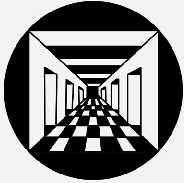

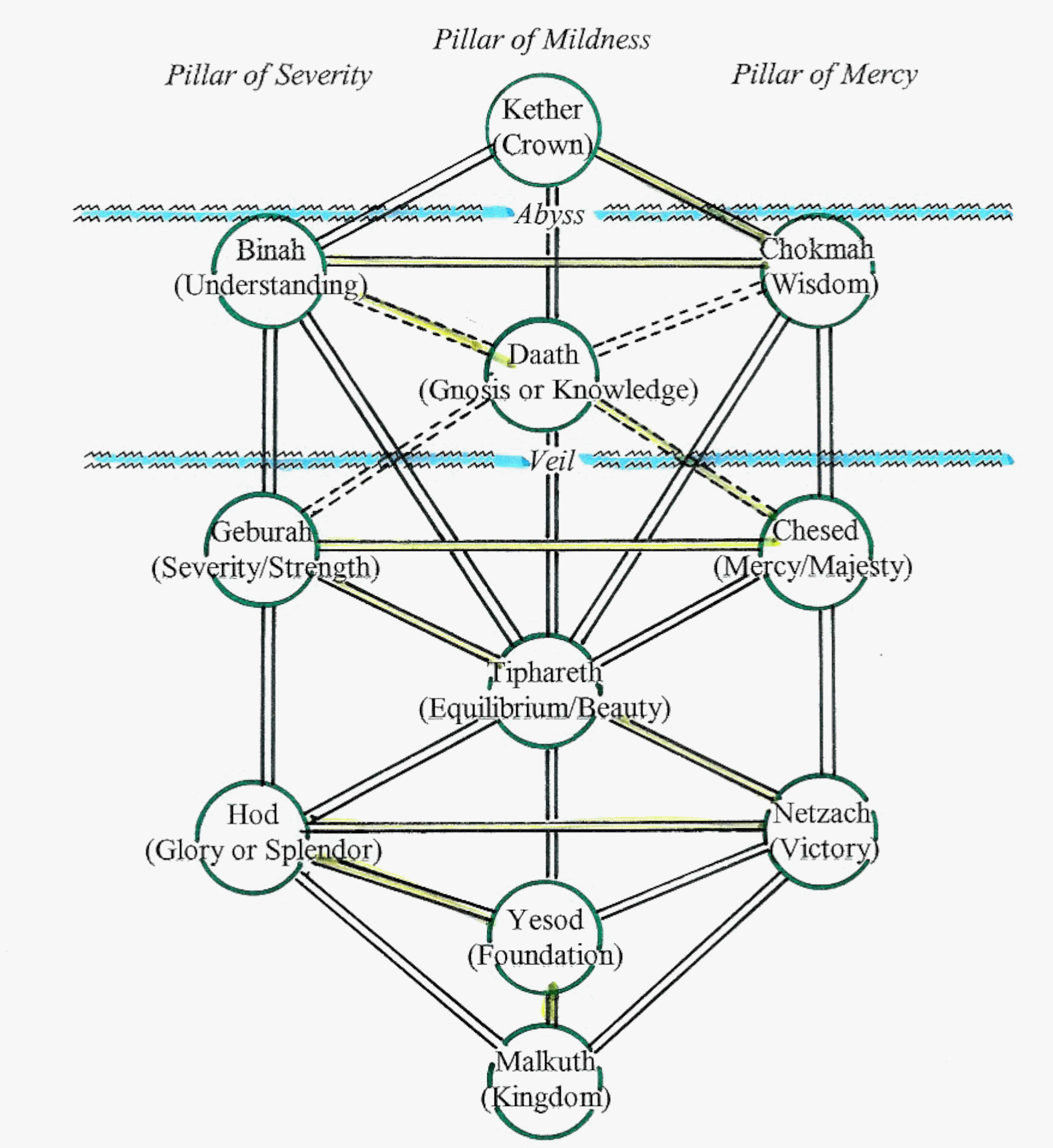








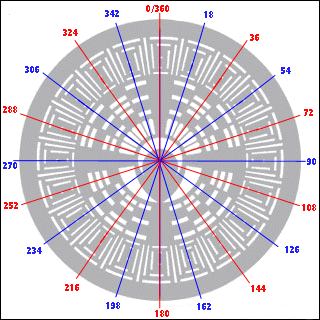
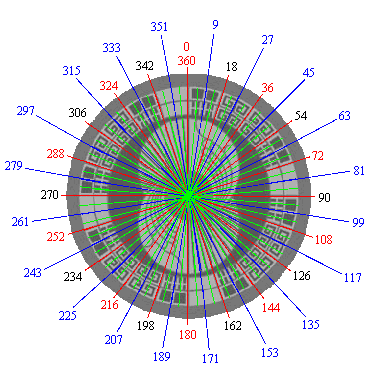

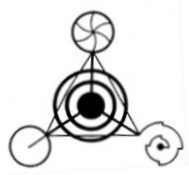





 and will be dark mid August.
and will be dark mid August. 